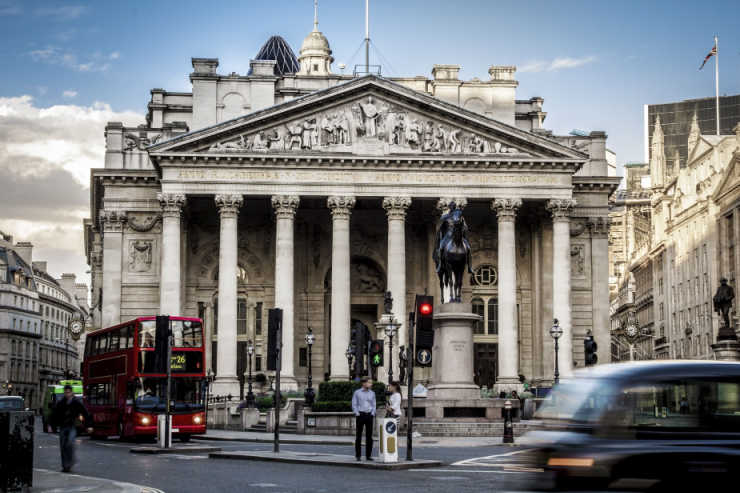In The Spectator, Rupert Darwall explains the counterintuitive nature of believing that central banking can be used to both target “climate change” goals and the business cycle effectively. Darwall writes:
The Bank of England was made independent to take monetary policy away from flighty politicians who are slaves to expediency and fashionable sound bites. Instead, central bankers imbued with objectivity, prudence and, most of all, economic expertise would be in charge. But when it comes to climate change and net zero, the Bank has shown that poor judgment is certainly not exclusive to elected officials.
Only a month ago, Andrew Bailey, Governor of the Bank of England was touting net zero as a growth elixir. ‘The transition to net zero is a major structural change that needs substantial investment and can over quite a prolonged transition period help to raise the potential growth rate of the economy,’ Bailey declared. ‘That is the challenge, and it’s a positive challenge, it seems to me.’ Bailey acknowledged there were ‘headwinds’ on the path to net zero, but these were caused by the disruptive effects of the pandemic, rather than anything inherent in the economics of the energy transition.
A very different perspective was given by Isabel Schnabel, the German member of the European Central Bank’s executive board. Back in January 2022, Schnabel warned that the energy transition could bring about a protracted period of higher energy inflation. ‘The contribution of energy and electricity prices to consumer price inflation could be above – rather than below – its historical norm in the medium term,’ Schnabel warned. She was right. Schnabel’s conclusion – unlike Bailey’s – has proved spot on.
Indeed, Bailey’s recent remarks on net zero could hardly have been more ill-timed. Last week, the wind power fable came crashing down when Siemens Energy, Europe’s second largest wind turbine manufacturer, announced extra costs potentially in excess of €1 billion caused by high failure rates of rotor blades and bearings. ‘I would like to emphasise again how bitter this is for all of us,’ its chief executive, Christian Bruch, said. It was certainly a bitter blow for Siemens Energy shareholders, who saw €7.4 billion wiped off the value of their shares.
It is counter-intuitive to think, as Bailey apparently does, that imposing regulatory constraints somehow boosts growth. If energy investments generate economic value, this will occur autonomously and won’t require government interventions and massive consumer subsidies.
A report released last week by the Washington-based Energy Policy Research Foundation, commissioned by the RealClear Foundation, shows how wrong Bailey is on the implications of net zero for economic growth.
The report says that according to the International Energy Agency’s net zero pathway, in 2030 the global energy sector will be employing nearly 25 million more people, using $16.5 trillion more capital and covering an area the combined size of Texas and California with wind farms and solar panels and using an area the combined size of France and Mexico to grow crops for bio-energy – all to produce 7 per cent less energy.
You don’t have to be an economist to see how bad this is for growth. Economists have been scratching their heads over Britain’s ‘productivity puzzle’ – why the productivity of labour and capital has been flatlining since the financial crisis. But there’s no productivity puzzle with renewable energy and net zero. Far from being a growth opportunity, more labour, land and capital to produce less energy is a negative growth strategy. The IEA’s own numbers demonstrate that net zero is a formula for sustained economic immiseration, something the Bank could and should have found out for itself by conducting a proper analysis of the IEA net zero report.
Read more here.

